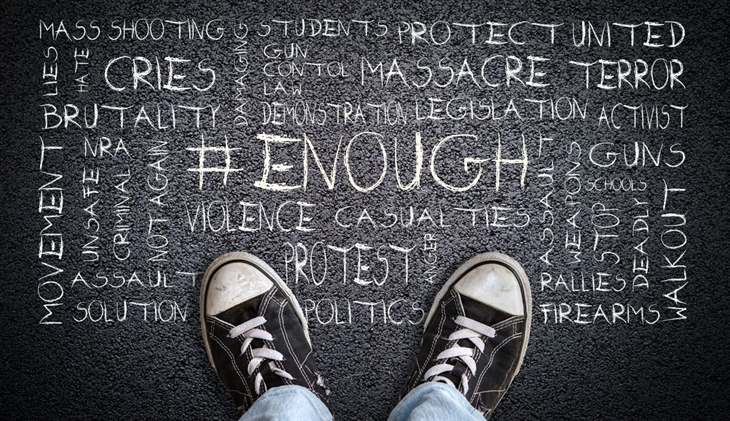News
Start the conversation: Teen dating violence

National Teen Dating Violence Awareness and Prevention Month is reserved for February. Although the second month of the year has passed, the issue of teen dating violence can be addressed and discussed with teens at any time.
During an appearance on Sheridan Media’s Public Pulse program, Sheridan Advocacy and Resource Center Volunteer Coordinator and Victim’s Advocate, Brittany Hamilton, told listeners this is an issue that impacts everyone – not just teens – but their parents, teachers, friends and communities as well.
Hamilton and the team at the Advocacy Center will often visit the high school and speak on identifying the “red flags” that often present themselves in relationships that could potentially turn abusive.
According to youth.gov – the U.S. government website that helps to create, maintain, and strengthen effective youth programs – nationwide, youth age 12 to 19 experience the highest rates of rape and sexual assault. Studies show that approximately 10% of adolescents report being the victim of physical violence at the hands of an intimate partner during the previous year. Girls are particularly vulnerable to experiencing violence in their relationships and are more likely to suffer long-term behavioral and health consequences, including suicide attempts, eating disorders, and drug use.
As suggested by Hamilton, conversations that explore building personal boundaries, not only physical but emotional boundaries, is a good place to start.
Other suggestions include, creating a positive connection to the issue – talk about the characteristics of healthy teen relationships, not just abusive ones – and use statistics sparingly. Talking about how the media portrays healthy and unhealthy relationships. For example, many popular movies, TV shows, commercials, books, and magazines portray stalking as romantic or harmless when it is actually very dangerous.
To learn more about teen dating violence, including some warning signs of an abusive teen relationship, visit the Sheridan Advocacy and Resource Center page on the issue by clicking here.

